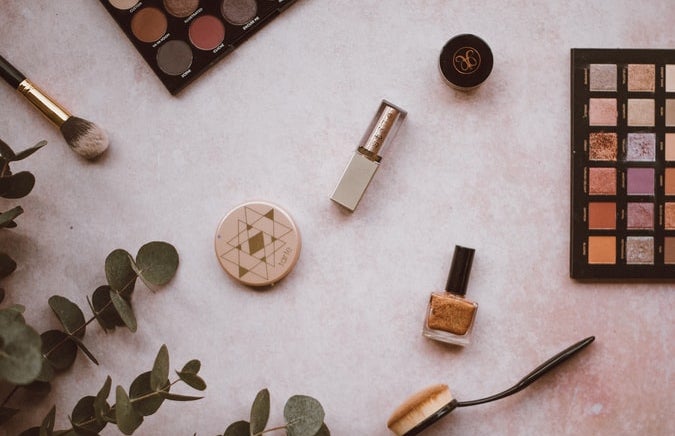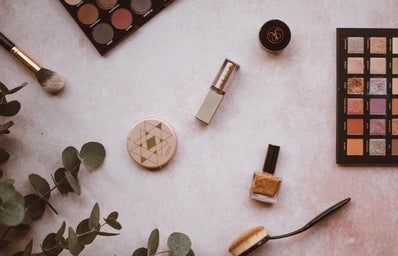Mica is one of the most common ingredients in makeup. Seen in brands such as L’Oréal Paris, Fenty Beauty and Kiss New York, it is most likely the second ingredient in the eye shadow you are currently wearing.
According to Kids Earth Science, mica is often formed in the ocean through the weathering of continental rocks and corrosion from rain and water. It is often found in minerals such as Gneiss, Schist and Granite. There are three rock variants: igneous, sedimentary and metamorphic.
But, where does mica come from and how is it obtained?
According to Refinery29, mica is primarily found in Jharkhand, India, a state in Eastern India known for its wildlife and scenery.
Demand for shimmery makeup products has increased demand for mica, primarily found in Jharkhand’s mineral-rich soil. It was only a matter of time before companies infiltrated the area and took advantage of the primarily impoverished population.
The trade of mica is stemmed from child labor, primarily because children are small enough to go into caves and collect the minerals. Children are illegally employed, and families often depend on their children to provide them with their income, which totals to about a quarter a day.
Prolonged exposure to mica can create irritation on the skin and respiratory illnesses. The dangers of working in the mines include broken bones, lesions and death; roughly 10–20 children perish in the mines monthly. According to The Sustainability Project, mica mining induces sinkholes, social erosion and contaminates water and soil. Deforestation is initiated to create these mines, which targets biodiversity in the area.
After being mined, companies often send the product to intermediaries that sell it under the license of a legal mine from another part of the country. Mica is then shipped to factories, such as L’Oréal’s, where it is put in eyeshadow and blush. Such products are then shipped to retail chains like Sephora and Ulta Beauty.
Companies such as Lush have taken an oath to ensure that none of their products contain mica. However, this approach is improbable as it does nothing to benefit the residents of areas such as Jharkhand, India, where Mica mining is their only source of income. Affordable and free educational programs have been implemented to ensure that children are able to attain an education and have access to greater paying jobs. The Kailash Satyarthi Children’s Foundation is a system that is working to stop the cycle of child labor and poverty in India. They provide education to children in areas such as Jharkhand where mining is a main source of income. Through their actions, child labor is decreased and opportunities are increased.
I decided to take things into my own hands and go through my makeup bag to see how many of the products I use contain mica.
I was surprised to uncover that 18 out of the 25 makeup products I own contain mica, which can also be listed as potassium aluminum silicate or CI 77019 on ingredient lists.
The products I own that contain mica include:
- Kiss New York: Hexa Eyeshadow Palette
- Kiss New York: Halo Strobing Palette
- Kiss New York: Blush Contour Palette
- Kiss New York: Lip Liners in Wine, Red, Fuchsia, Nude Brick, Hot Red and Red Brown
- Kiss New York: Top Brow Fine Precision Pencil
- Kiss New York: Waterproof Wonders Eyeliner
- Kiss New York: Color Intense Lipstick (2)
- Kiss New York: Celeste Matte Lipstick in Pink Rouge and Hot Rose
- Fenty Beauty: Lip Luminizers in Diamond Milk and Fenty Glow
- Fenty Beauty: Mattemoiselle Plush Matte Lipstick in Spanked
After going through my makeup, I decided to ask my Instagram followers about how many brands they consumed that contained mica:
- L’Oréal: 46 followers
- Fenty Beauty: 83 followers
- Maybelline: 91 followers
- CoverGirl: 21 followers
- Urban Decay: 64 followers
- Essie: 55 followers
- Nyx: 113 followers
- Kiss New York: 2 followers
Although I will not stop using these makeup products, I will pledge to buy items that use ethically sourced mica and thoroughly research my makeup before I purchase it.



